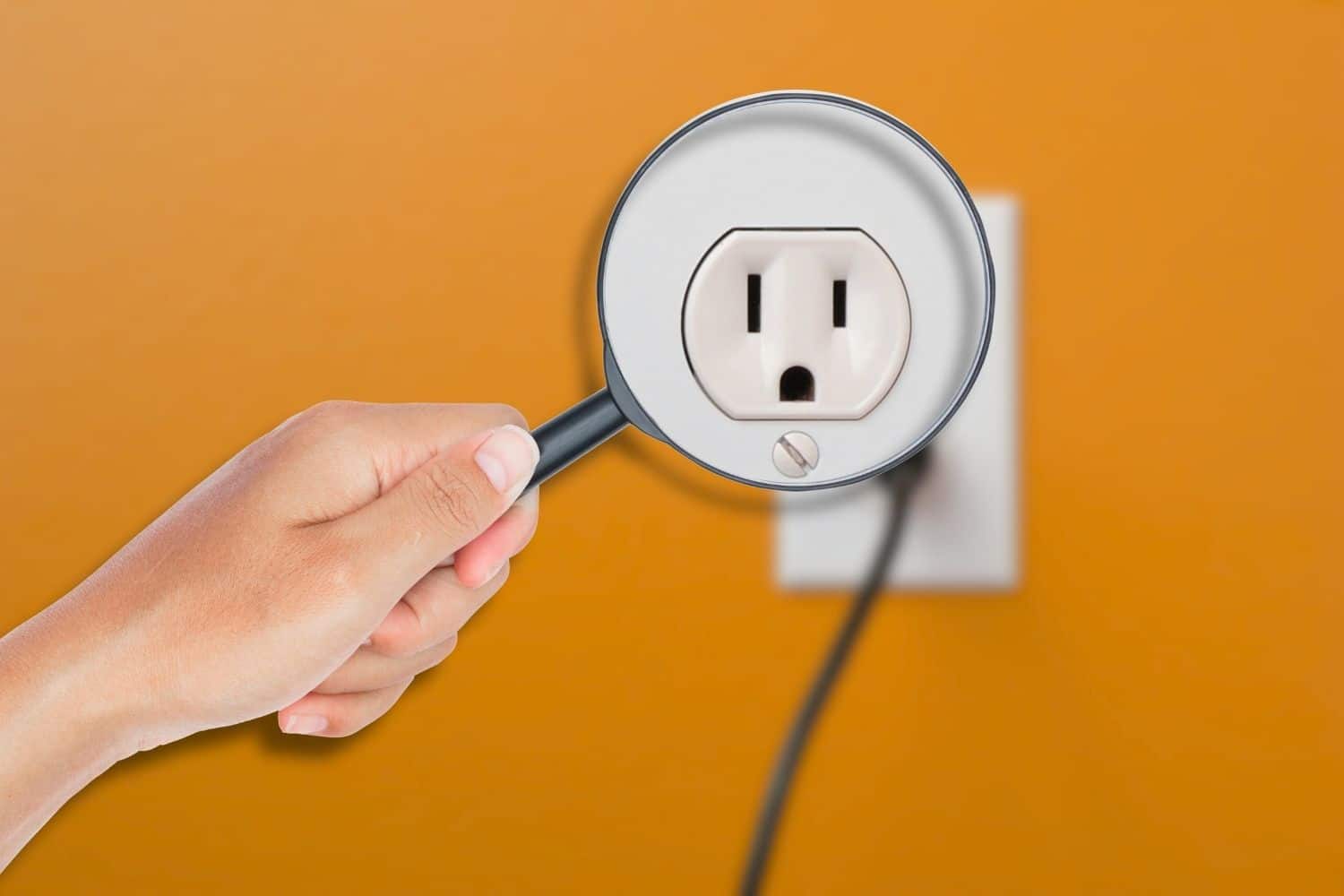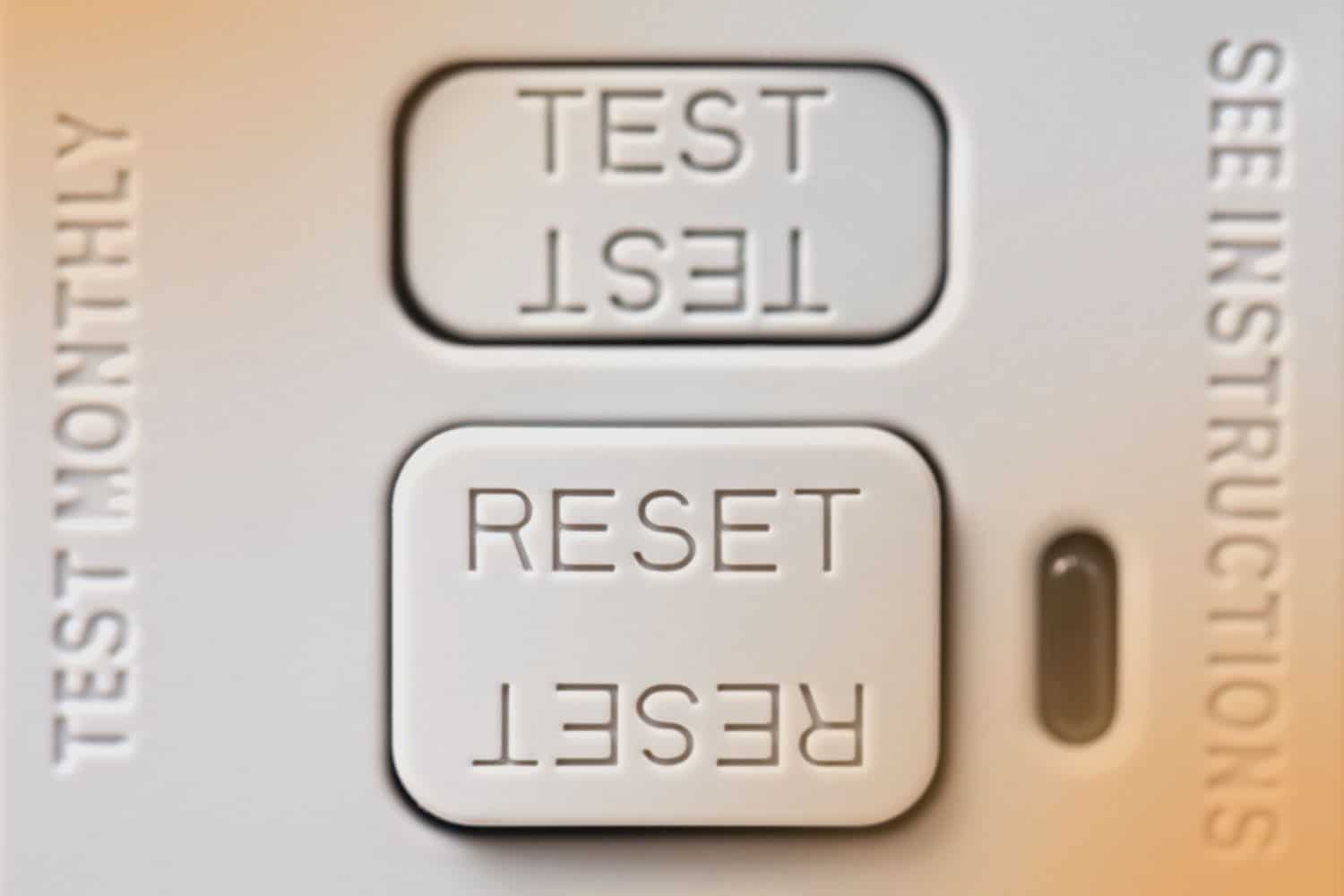Electricity powers nearly everything in your home, yet most homeowners only start paying attention when something stops working or sparks fly. You don’t need to be an expert, but a basic understanding of key home electricity terms can go a long way. It can help you ask the right questions during a home inspection, spot potential safety issues, and decide when to bring in a licensed electrician.
This guide breaks down the most important electrical terms and defects we encounter during inspections. Whether you are buying a house or maintaining one, these are the concepts worth knowing.
AFCI (Arc Fault Circuit Interrupter)
AFCIs are advanced breakers that help prevent electrical fires. They detect irregular arcs of electricity, which often happen when wiring is loose or damaged. If a problem is found, the breaker trips to cut off power. Installing AFCI breakers can prevent over 50% of residential electrical fires, which translates to approximately 55,000 fires per year. These are now required in most living spaces in newer homes.
They work by constantly monitoring the circuit for dangerous arc patterns, not just overloads. Unlike standard breakers, AFCIs detect issues that may not immediately cause high current but could still lead to fires. They’re typically found in bedrooms, living rooms, and other finished areas.

GFCI (Ground Fault Circuit Interrupter)
GFCI outlets protect people from electric shock by cutting off power when they detect an imbalance in current. You’ll find them in bathrooms, kitchens, laundry rooms, garages, and outdoor areas. They are a must-have anywhere water and electricity meet.
They respond in a fraction of a second: fast enough to prevent serious injury. Most have built-in “test” and “reset” buttons so you can make sure they’re working correctly.
Breaker Panel
This is one of the most important electricity terms for you to know. Also called the electrical panel, this is the box that distributes electricity throughout your home. Each switch or breaker controls a specific circuit. If a breaker keeps tripping, it usually means the circuit is overloaded or there is a fault that needs attention.
Panels are usually located in garages, basements, or utility areas. Each breaker acts like a resettable fuse; flipping it restores power once the issue is resolved. The main breaker shuts off power to the whole house.
Reverse-Wired Outlet
This happens when the hot and neutral wires are connected to the wrong terminals. The outlet may still work, but it creates a safety hazard. Reverse polarity increases the risk of shock and can damage sensitive electronics. We check for this with a simple outlet tester during inspections.
Reverse wiring is usually caused by DIY electrical work or older homes that haven’t been updated. It makes plugged-in devices function unsafely, as power may flow even when switches are turned off.
Two-Prong vs. Three-Prong Outlets
Two-prong outlets are common in older homes and lack a grounding wire. Three-prong outlets are safer and better for modern electronics. If you are updating these, make sure the outlet is properly grounded; simply swapping the faceplate is not enough.
Grounding gives stray electricity a safe path to the earth, reducing shock and fire risks. Without it, you’re relying solely on insulation to protect your devices and yourself.
Junction Box
A junction box houses wire connections and prevents sparks or heat from escaping into the surrounding structure. By code, every electrical splice or connection must be enclosed in a box with a proper cover. Missing or open boxes are a common defect and can lead to fire risk.
They’re typically made of metal or plastic and found behind walls, in ceilings, or near appliances. Their job is to contain connections and isolate them from flammable materials.
Service Entrance
This is the point where electricity from the utility company enters your home. It usually includes a weatherhead, meter, and main disconnect. If this equipment is damaged or corroded, it can affect your entire system and may require coordination with the utility company.
Since this part of the system handles high-voltage power before it’s distributed, it’s not something homeowners should ever attempt to repair or modify. Keeping it in good condition helps prevent widespread power issues.
Smoke Detectors and Interconnection
Smoke alarms are your first line of defense in a fire. You should have one inside every bedroom, outside sleeping areas, and on every level of the home. Interconnected alarms communicate with each other. When one sounds, they all do. This gives your family more time to respond.
We often find missing alarms or outdated models during inspections. Smoke detectors should be tested monthly and replaced every ten years.
Modern alarms can be hardwired with battery backup or wireless and battery-only. Interconnection helps cover larger homes more effectively and is especially important if bedrooms are far apart.
Common Electrical Defects Found During Inspections
At Prospective Home Inspections, we often find these issues during full home evaluations:
Missing GFCIs
Wet areas without proper GFCI protection are a serious safety concern.
Open Grounds
Three-prong outlets that are not actually grounded can give a false sense of safety.
Overloaded Circuits
Too many devices or appliances on one circuit can cause frequent tripping or overheating.
Outdated Panels
Some older panel brands, like Federal Pacific or Zinsco, have a known history of failing to trip when needed. We flag these for evaluation by a licensed electrician.
Exposed Wiring
Wires that are not secured or covered properly can lead to shock hazards or short circuits.

When to Call a Professional
If your lights flicker, breakers trip often, or you hear buzzing near outlets, it’s time to consult a professional. Luckily, if you do have electricity questions, now you know what terms to use with the contractor or inspector.
Even something as simple as upgrading an outlet requires knowing how to turn off the right breaker and confirm the wiring is safe. A professional can:
- Upgrade old panels and wiring
- Add GFCI or AFCI protection where needed
- Troubleshoot power loss or tripping breakers
- Ensure your system meets current codes
- Improve safety for remodeling or selling
Before closing on a new home, a home inspection can reveal these problems and help you plan the next steps. At Prospective Home Inspections, we check every visible and accessible part of the electrical system. We report concerns clearly so you can make informed decisions.
Related Questions
Can I upgrade two-prong outlets to three-prong outlets myself?
Only if a proper ground is present. If not, a licensed electrician can help you upgrade safely or install GFCI protection as an alternative.
Are tripped breakers dangerous?
Not always, but repeated tripping is a warning sign. It may mean the circuit is overloaded or something is faulty.
Do all smoke alarms need to be interconnected?
In most new homes, yes. If your home is older, interconnected alarms are not required but are highly recommended for added safety.
Why is grounding important?
A ground wire gives stray electrical current a safe path to follow. Without it, electricity may flow through people or appliances, creating shock and fire risks.
Conclusion
Understanding how the electricity in your home works and the associated terms can help you stay safer and spot problems early. You don’t need to be a professional to learn the basics, but you do need to know when to call one. If you are buying a home or want peace of mind about your current one, a full inspection is a smart first step.
Prospective Home Inspections is here to help. We inspect every system with care and clarity so you know exactly what to expect (and what to fix).






